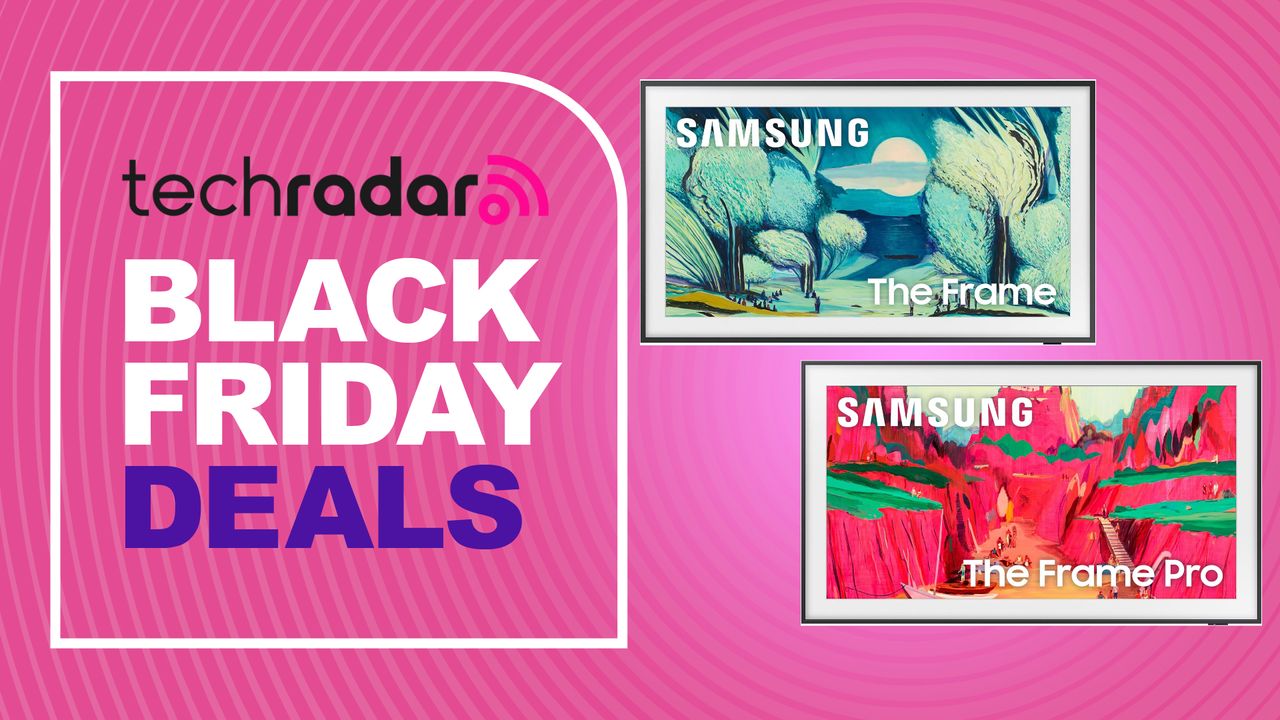What’s happened? OpenAI and designer Jony Ive revealed in a recent interview at Emerson Collective that their next hardware device is now in prototype phase and aims to provide a calm, minimal user experience rather than the notification-ridden smartphone model. Altman likened modern device use to walking through Times Square: busy, loud, full of interruptions. The new product is being described as a sleek, pocket-sized tool that filters out noise and offers context-aware AI assistance. Additionally, its launch is projected within two years.
- Altman said the moment you see this device, you’ll think “that’s it?… it’s so simple.”
- The device is reportedly screen-less and roughly smartphone-sized, which is a conceptual shift away from traditional form factors.
- Ive confirmed the under-two-year window and emphasised a desire for products that feel unintimidating and playful.
 OpenAI
OpenAI
Why this is important: Smartphones today dominate not just our lives but our attention with notifications, apps, and interruptions. The new OpenAI device signals a deliberate shift away from that model: instead of chasing attention, it prioritises calm. That speaks to broader changes in tech with ambient computing, voice-first interfaces, and AI agents doing the heavy lifting. For consumers, this means the hardware story may move from “faster, brighter, more features” to “less noise, more utility.”
- If this device succeeds, it could redefine what we expect from personal computing gadgets, not just in specs but in feel.
- A pocket-sized, screen-less AI gadget changes the dynamic: fewer taps, more trust, smoother interactions.
- It further underscores OpenAI’s mission to embed AI into everyday life, not through apps but through dedicated hardware.
- The timeframe (under two years) means this isn’t far-off science; it may reset the hardware horizons for smartphones, wearables, and AI companions.
 Levart_Photographer / Unsplash
Levart_Photographer / Unsplash
Why should I care? If you’re tired of your phone buzzing all day and want a smarter, quieter companion device that actually helps rather than distracts, this is for you. Imagine doing tasks like scheduling, summarising, and setting reminders without opening endless apps and being interrupted less. That shift from “always tapping” to “always-ready” changes how hardware supports your life.
Recommended VideosOn the other hand, hardly anything has been confirmed about the device itself. We still don’t know official specs, price, form-factor, or whether this will replace your smartphone, supplement it, or just live in a new category. If you’ve already invested in high-end phones or depend on visual-heavy workflows, this gadget might feel more like a complement than a replacement. Still, for someone seeking a calmer, more intuitive tech experience, the promise here matters. You can watch the full conversation between Sam Altman, Jony Ive, and Laurene Powell Jobs for more details.
Okay, so what’s next? For now, it’s all eyes on OpenAI. With a launch window of under two years, we should start seeing leaks, prototypes, or early partner announcements sooner rather than later. Until then, it’s worth keeping your expectations open. This might not replace your phone, but it could quietly become the gadget you reach for the most.


